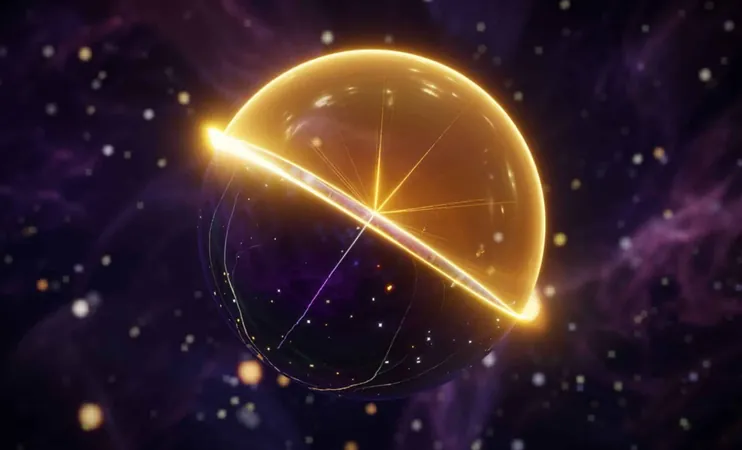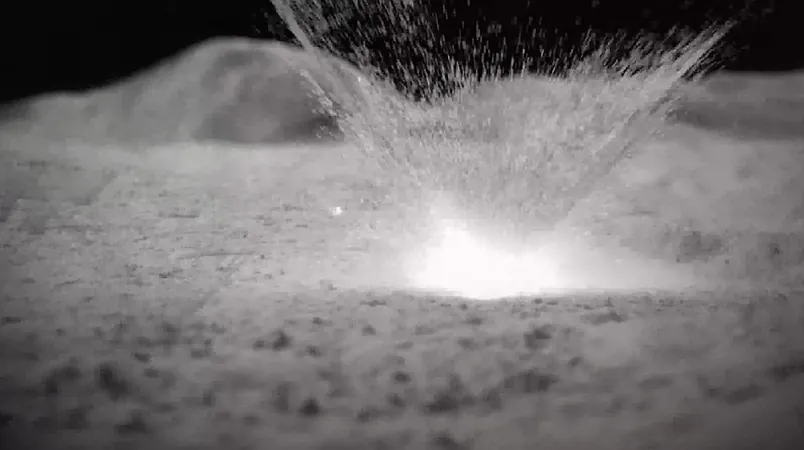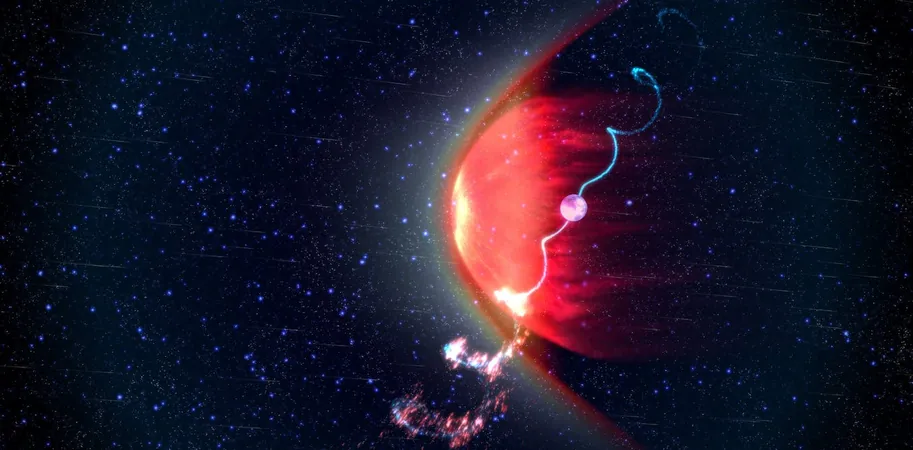
You Won't Believe What’s Hiding in Your Old Electronics: 450 Milligrams of Pure 22-Carat Gold!
2025-04-13
Author: Charlotte
Discover the Hidden Treasure in Your E-Waste
Every year, millions casually toss aside their old electronic gadgets, unaware that they are throwing away a veritable goldmine—450 milligrams of 22-carat gold! A groundbreaking study from ETH Zurich in Switzerland reveals an eco-friendly method to extract this precious metal from e-waste, paving the way for a sustainable solution to our growing electronic waste crisis.
Gold Lurking in Your Gadgets
When your smartphone or laptop becomes outdated or broken, the typical response is to discard it. This contributes significantly to the staggering 50 million tons of electronic waste we generate annually. Yet, buried within these devices are substantial amounts of gold—especially in components like circuit boards. So much so that one ton of e-waste can house between 300 to 400 grams of gold, far surpassing gold extracted from traditional mining processes.
Toxic Extraction No More!
Unfortunately, traditional gold extraction methods are both costly and detrimental to the environment, often utilizing harsh chemicals like cyanide and mercury. This exacerbates the damage to our planet, creating a need for a more sustainable approach.
Innovative Solution from the Cheese Industry
ETH Zurich has introduced a brilliant, eco-friendly extraction technique that relies on a sponge-like material made from protein fibers sourced from whey, a byproduct of cheese production. This ingenious method effectively captures gold ions from dissolved electronic components.
Once these sponges absorb the gold, a heat treatment transforms it back into solid nuggets of 22-carat gold. The results are astounding: just 20 circuit boards can yield around 450 milligrams of pure gold! This innovative approach not only offers a sustainable method for gold extraction but also provides a useful outlet for agricultural waste.
A Step Toward Circular Economy
The benefits extend beyond merely recovering gold. E-waste also contains valuable metals like nickel, copper, and palladium, which can similarly be reclaimed using additional technologies. By combining these recovery methods, industries can greatly enhance recycling efficacy while reducing harmful mining impacts.
Currently, a staggering 80% of global e-waste is discarded rather than recycled, representing both an environmental issue and a missed chance for economic gain. Maximizing recovery rates of these precious materials fosters a circular economy, where resources are reused, minimizing reliance on ecologically destructive mining.
A Cleaner, Greener Future Awaits
This innovative Swiss technique radically alters our perspective on e-waste—from trash to treasure! Unlike conventional mining, it avoids toxic chemicals, maintains minimal environmental risk, and turns what was once waste into valuable resources. It’s a revolutionary step towards a cleaner planet and a more sustainable future.









 Brasil (PT)
Brasil (PT)
 Canada (EN)
Canada (EN)
 Chile (ES)
Chile (ES)
 Česko (CS)
Česko (CS)
 대한민국 (KO)
대한민국 (KO)
 España (ES)
España (ES)
 France (FR)
France (FR)
 Hong Kong (EN)
Hong Kong (EN)
 Italia (IT)
Italia (IT)
 日本 (JA)
日本 (JA)
 Magyarország (HU)
Magyarország (HU)
 Norge (NO)
Norge (NO)
 Polska (PL)
Polska (PL)
 Schweiz (DE)
Schweiz (DE)
 Singapore (EN)
Singapore (EN)
 Sverige (SV)
Sverige (SV)
 Suomi (FI)
Suomi (FI)
 Türkiye (TR)
Türkiye (TR)
 الإمارات العربية المتحدة (AR)
الإمارات العربية المتحدة (AR)